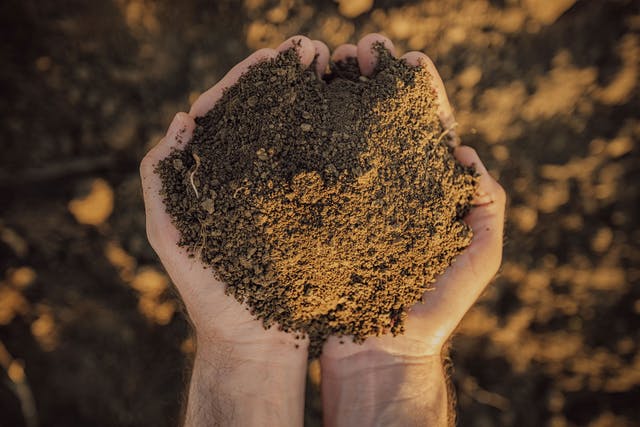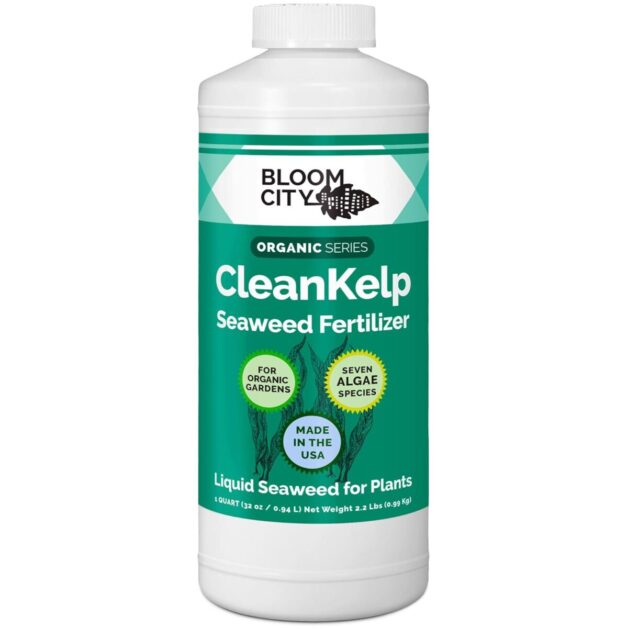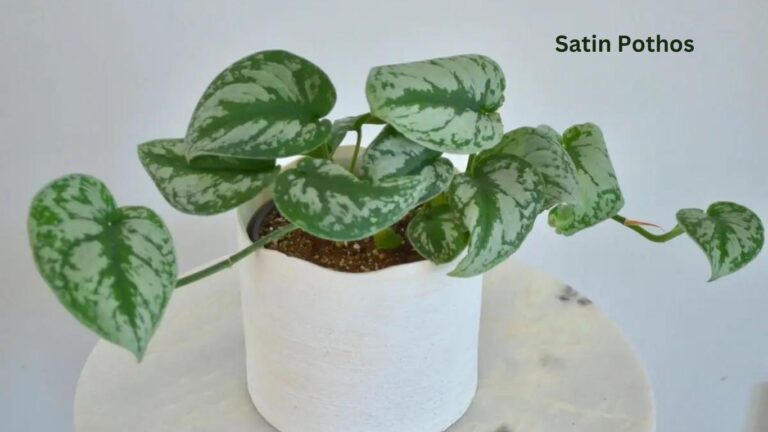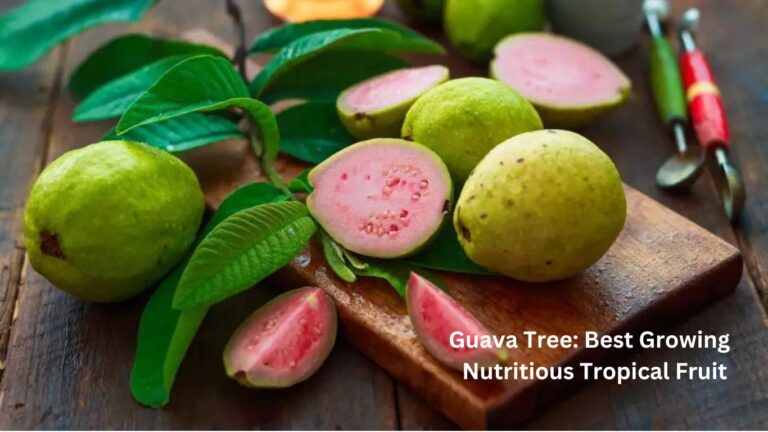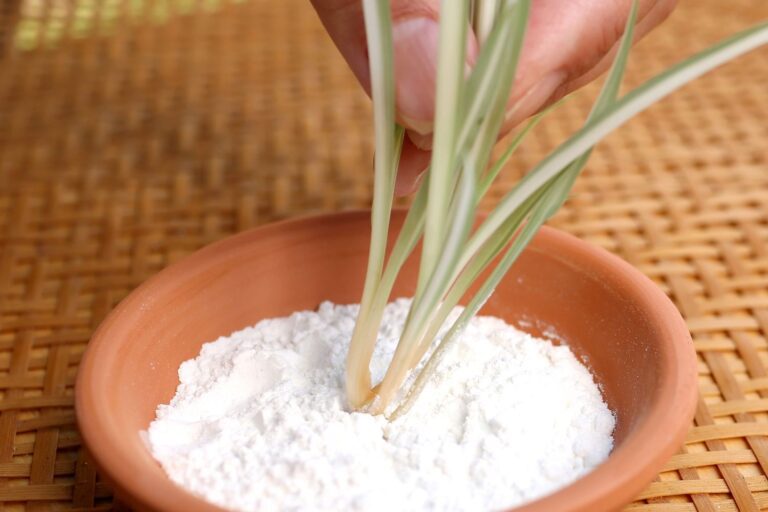Bone Meal: What You Need to Know Before Using It
“Curious about bone meal and its wonders for your garden? You’re not alone! Bone meal, a staple in many gardening arsenals, offers a natural boost to your plants’ growth. But before you dive in, there are a few crucial things you should know. From its composition to its application, understanding bone meal can make or break your gardening success. In this comprehensive guide, we’ll delve into the ins and outs of bone meal, shedding light on its benefits, potential drawbacks, and how to use it effectively. So, whether you’re a seasoned green thumb or just starting out, read on to ensure your gardening endeavors are rooted in knowledge and success!”
Table of Contents
Understanding the Composition of Bone Meal
Bone meal is a valuable organic fertilizer that is derived from the bones of animals. It is composed primarily of calcium and phosphorus, two essential nutrients that are crucial for plant growth and development.
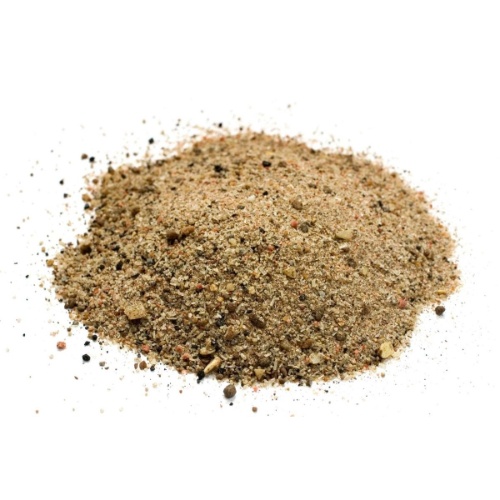
- Role of Calcium and Phosphorus:
- Calcium: Strengthens cell walls, supports root development, and enhances overall plant health.
- Phosphorus: Essential for energy transfer and storage, as well as DNA and RNA synthesis.
- Additional Mineral Content:
- Trace Minerals: Bone meal contains trace amounts of minerals like magnesium, potassium, and sulfur, vital for various metabolic processes in plants.
- Metabolic Regulation: These minerals regulate nutrient uptake, improve photosynthesis, and contribute to plant vitality.
- Organic Matter Content:
- Soil Improvement: Bone meal includes organic matter that enhances soil structure and fertility, supporting beneficial microbial activity.
- Composition Variability:
- Source and Processing: The composition of bone meal can vary based on the source and processing methods used, typically involving heating and grinding raw bones to remove impurities and pathogens.
This process ensures that the final product is safe to use in gardening and free from any harmful contaminants. As a result, bone meal provides a slow-release source of nutrients, allowing plants to access them gradually over an extended period of time, promoting long-lasting growth and productivity.
The Benefits of Using Bone Meal in Gardening
Bone meal is a natural and highly beneficial fertilizer that is widely used in gardening. Its rich composition makes it an excellent choice for promoting healthy plant growth and development. One of the major benefits of using bone meal in gardening is its high phosphorus content.
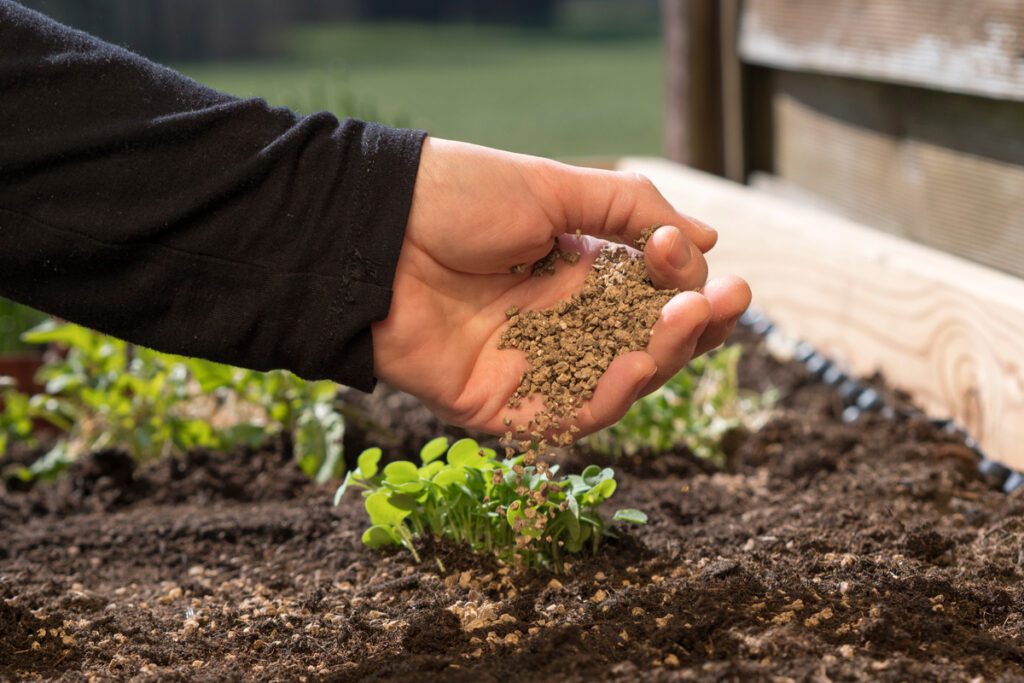
- Essential Nutrient Boost: Bone meal is rich in phosphorus, a vital nutrient crucial for root development, flower bud formation, and overall plant vigor.
- Enhanced Root Growth: The phosphorus in bone meal enhances root growth, improving the plant’s ability to absorb water and nutrient from the soil.
- Calcium Support: Bone meal also contains calcium, which strengthens cell walls, fortifying plants against diseases and pests.
- Sturdy Plant Structure: Calcium contributes to robust plant structure, ensuring plants have a sturdy framework for growth.
- Improved Disease Resistance: The strengthened cell walls provided by calcium help protect plants from diseases and pests.
- Fruit Quality and Flavor: Calcium is essential for fruit development, improving the quality and flavor of harvested crops.
- Increased Yields: Incorporating bone meal into the soil provides plants with readily available phosphorus and calcium, leading to stronger, healthier plants and improved yields.
By incorporating bone meal into their gardening practices, enthusiasts can provide their plants with the essential nutrients they need for optimal growth and robust health. Whether it’s enhancing the growth of delicate flowers or maximizing crop yields, bone meal proves to be a valuable tool for gardeners seeking to achieve thriving and flourishing gardens.
Review: Burpee Organic Bone Meal Fertilizer
I recently introduced Burpee Organic Bone Meal Fertilizer into my gardening regimen, and the impact on my plants has been remarkable. Its rich natural nutrients, particularly phosphorus and calcium, have visibly enhanced plant growth and vitality. Despite the initial strong odor during application, the enduring benefits it brings to my garden make it a worthwhile investment.
Moreover, its versatility and organic certification add to its appeal. Whether nurturing vegetables, flowers, or bulbs, this fertilizer consistently delivers results. It’s become an indispensable tool in my gardening arsenal, offering both quality and value for a thriving, organic garden.
- Natural Nutrients: Rich source of phosphorus and calcium, essential for plant development.
- Slow Release: Provides a gradual release of nutrients, promoting long-term plant health.
- Improves Soil Structure: Helps improve soil structure and encourages microbial activity.
- Versatile Use: Suitable for a wide range of plants, including vegetables, flowers, and bulbs.
- Organic Certification: Certified organic by OMRI for use in organic gardening practices.
- Cost-Effective: Provides good value for money due to its concentrated nature.
- Strong Odor: Some users may find the smell unpleasant during application.
- Not Vegan-Friendly: Derived from animal bones, not suitable for vegan gardeners.
- Slow Acting: Takes time to break down in the soil and show noticeable results.
- Limited Availability: May not be readily available in all gardening stores.
- Potential for Contamination: Quality can vary depending on the source of bones used.
- Attracts Wildlife: May attract unwanted wildlife such as rodents if not properly managed.
Potential Risks and Precautions Associated with Bone Meal
While bone meal can be a beneficial natural fertilizer for your plants, it is important to be aware of potential risks and take necessary precautions when using it in your gardening practices.

- Attracts unwanted pests like rodents or raccoons due to its smell.
- Bury bone meal deeply into the soil or mix it thoroughly to reduce odor and minimize pest attraction.
- Risk of contamination with heavy metals or pathogens, especially if sourced from animals exposed to toxins or diseases.
- Choose bone meal from reputable sources with strict quality control standards to ensure safety.
- Precautions when handling bone meal:
- Wear gloves and a mask to protect against potential pathogens.
By understanding these risks and following the recommended precautions, gardeners can safely use bone meal while mitigating potential hazards and ensuring the health of their plants.
Different Types of Bone Meal and Their Uses
When it comes to bone meal, there are different types available on the market, each with its own specific uses. The most common types of bone meal are steamed bone meal and raw bone meal.
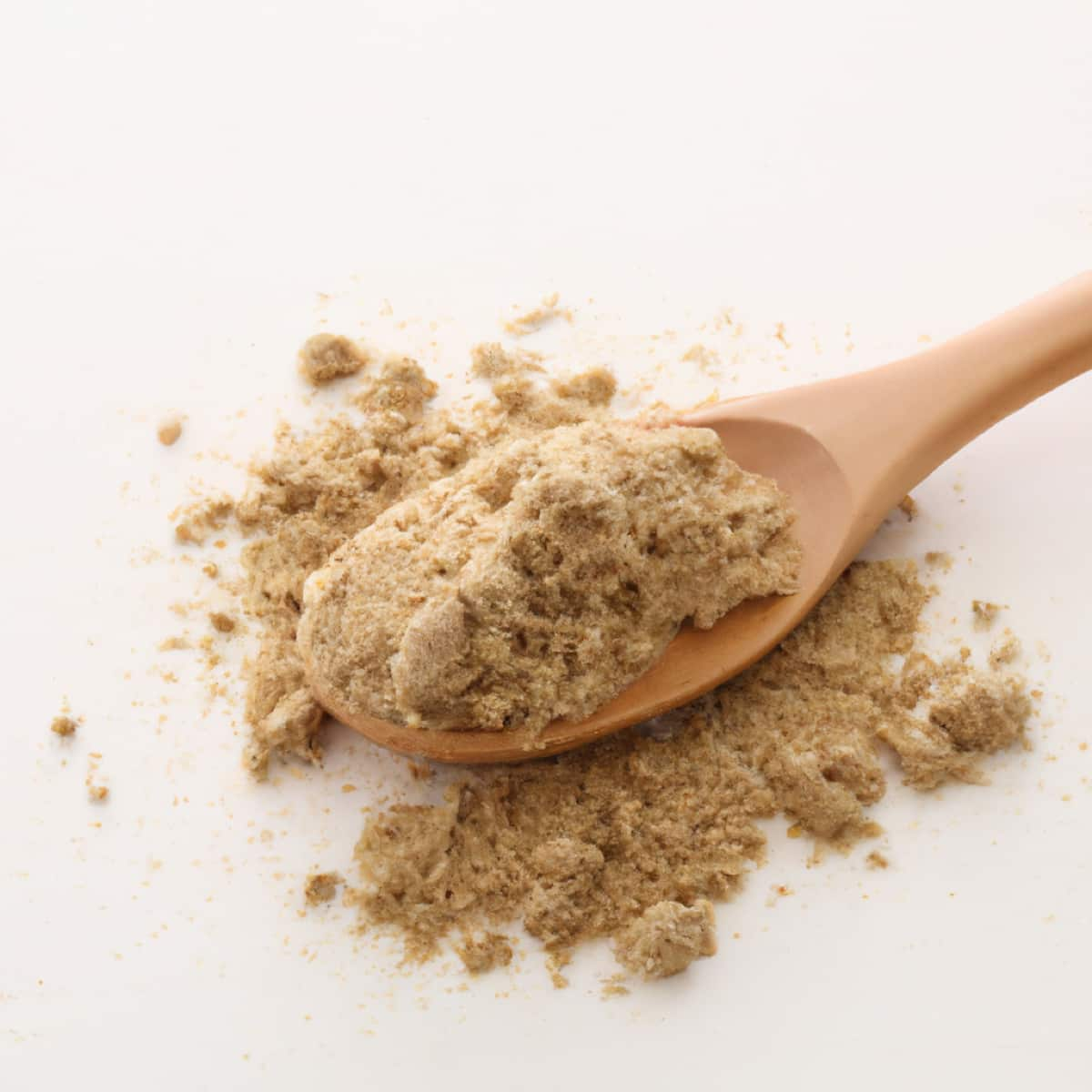
- Steamed Bone Meal Benefits:
- High Phosphorus and Calcium Content: Rich in phosphorus and calcium, ideal for promoting strong root development and overall plant growth.
- Sterilization: Produced by subjecting bones to high temperatures, ensuring the material is sterilized and free from potential pathogens.
- Promotes Flowering: Particularly beneficial for flowering plants, as phosphorus is essential for bloom production.
- Raw Bone Meal Advantages:
- Higher Nitrogen Content: Retains a higher level of nitrogen compared to steamed bone meal, making it suitable for plants in need of a nitrogen boost.
- Ideal for Leafy Greens and Vegetative Growth: Suitable for plants like leafy greens or those in the vegetative stage, supporting lush foliage and vigorous growth.
- Contains Trace Minerals: Additionally, raw bone meal contains trace minerals such as magnesium and potassium, contributing to overall plant health.
Knowing the different types of bone meal and their specific uses allows gardeners to choose the right product based on the nutritional requirements of their plants.Whether you need to enhance root development or provide a nitrogen source for leafy growth, bone meal can be a valuable addition to promote healthy and vibrant plants in your garden.
How to Choose the Right Bone Meal for Your Plants
When choosing the right bone meal for your plants, it is important to consider several factors to ensure maximum benefit and optimal plant growth.
Reputable Brands or Suppliers: Choose bone meal from a trusted brand or supplier known for providing high-quality products derived from reliable sources.
Organic and Contaminant-Free: Look for bone meal derived from organic sources, free from contaminants or additives that may harm plants.
Assess Plant Needs: Evaluate the nutrient requirements of your plants to select a bone meal with appropriate levels of nitrogen, phosphorus, and calcium.
Match Nutrient Content: Choose bone meal with a phosphorus content suitable for plants requiring high phosphorus levels, ensuring optimal growth and development.
Trace Minerals and Microbial Additives: Some bone meals contain beneficial elements like trace minerals or microbial additives, which can enhance plant growth and health.
Enhanced Vitality: These additives provide valuable support to plants, contributing to their overall vitality and resilience.
By carefully considering the source, composition, and additional additives in bone meal options, you can make an informed decision and choose the right bone meal that will best meet the specific needs of your plants.
The Nutritional Content of Bone Meal and Its Impact on Plant Growth
Bone meal is a valuable source of essential nutrients for plant growth. It contains a high concentration of calcium and phosphorus, which are two vital elements required for healthy plant development.
- Role of Calcium and Phosphorus:
- Calcium: Strengthens cell walls, promotes root growth, and regulates pH levels in the soil.
- Phosphorus: Essential for energy transfer, root development, and flowering.
- Impact on Plant Growth:
- Enhanced Root Development: Bone meal improves root growth, leading to better nutrient absorption and overall plant vigor.
- Slow-Release Nutrients: When applied to the soil, bone meal slowly releases calcium and phosphorus, providing a steady supply of nutrients to plants over time.
- Optimal Growth and Development: This slow-release characteristic ensures that plants receive nutrients when needed most, promoting optimal growth and development.
- pH Regulation:
- Balanced Soil pH: Calcium in bone meal helps regulate soil pH levels, creating a favorable environment for nutrient uptake and balanced plant growth.
- Overall Benefits:
- Stronger, Healthier Plants: Incorporating bone meal into gardening practices promotes stronger, healthier plants with improved yield and vitality.
These following tables explain about the the nutritional content of bone meal and its impact on plant growth:
| Nutritional Content of Bone Meal | Impact on Plant Growth |
| Phosphorus (P) | Essential for root development, flower and fruit formation. |
| Calcium (Ca) | Strengthens cell walls, supports overall plant structure |
| Nitrogen (N) | Provides some nitrogen but in smaller quantities compared to phosphorus. |
| Trace Elements (Zn, Cu, Mn) | Contains trace elements vital for various metabolic processes. |
| Organic Matter | Improves soil structure, water retention, and microbial activity. |
| Slow Release Properties | Gradual nutrient release supports long-term plant nutrition. |
| Impact on Plant Growth | Description |
| Root Development | Phosphorus promotes robust root growth, enhancing nutrient uptake. |
| Flowering and Fruiting | Adequate phosphorus encourages abundant flowers and fruit production. |
| Cell Wall Strength | Calcium contributes to strong cell walls, reducing susceptibility to diseases. |
| Overall Plant Structure | Calcium and phosphorus play crucial roles in supporting the plant’s structure. |
| Long-Term Nutrient Supply | Slow-release properties ensure a sustained and balanced nutrient supply. |
| Soil Health | Organic matter enhances soil health, supporting beneficial microbial activity. |
Proper Application Techniques for Bone Meal
Bone meal is a valuable organic fertilizer that can enhance the nutrient content of the soil and promote healthy plant growth. However, applying bone meal properly is essential to ensure its effectiveness and avoid any potential risks.
Here are some important techniques to consider when using bone meal in your gardening practices.
:strip_icc()/bone-meal-versus-blood-meal-fertilizing-plants-5666406-17f0bbab8f5e4d00ab1b2b06a0d16585.jpg)
- Determining Proper Dosage:
- Packaging Instructions: Refer to the guidelines provided on the packaging, which often recommend specific amounts based on plant type and size.
- Soil Testing: Conduct a soil test to identify nutrient deficiencies and determine the optimal dosage of bone meal for your plants.
- Application Methods:
- Soil Mixing: Thoroughly mix bone meal into the soil during soil preparation or at planting time to ensure even dispersion of nutrients.
- Base Application: For established plants, apply bone meal around the base, gently working it into the soil without direct contact with stems or leaves.
- Preventing Overapplication:
- Slow Nutrient Release: Bone meal releases nutrients slowly over time, so avoid overapplication to prevent nutrient imbalances and salt accumulation.
- Follow Recommendations: Always follow recommended application rates to avoid harming plants with excessive bone meal usage.
By adhering to proper application techniques, you can maximize the benefits of bone meal while minimizing any potential risks. It is essential to strike the right balance to ensure optimal plant growth and health.
Factors to Consider When Determining the Amount of Bone Meal to Use
Determining the appropriate amount of bone meal to use in your gardening endeavors is crucial for achieving optimal plant growth and health. Several factors should be taken into consideration when determining the quantity of bone meal to apply.
- Specific nutrient requirements of your plants
- Fertility level of your soil
- Stage of plant growth
- Application method and timing
By considering these factors and adjusting the application rate accordingly, gardeners can ensure that their plants receive the appropriate amount of bone meal fertilizer for optimal growth and health.
The table explain factors to consider when determining the amount of bone meal to use:
| Factors for Bone Meal Application | Description |
| Soil Test Results | Conduct a soil test to determine nutrient levels and assess the need for phosphorus. |
| Plant Type and Growth Stage | Consider the specific nutrient requirements of the plants and their growth stage. |
| Phosphorus Content in Soil | Bone meal is a phosphorus-rich fertilizer; apply based on existing soil phosphorus levels. |
| Target Phosphorus Levels | Determine the target phosphorus levels for the plants being cultivated. |
| Application Rates on Label | Follow the recommended application rates provided on the bone meal product label. |
| Incorporation into Soil | Mix bone meal thoroughly into the soil during planting or top-dressing for even distribution. |
Compatibility of Bone Meal with Different Soil Types
When considering the compatibility of bone meal with different soil types, it is important to understand the nutrient composition of both the bone meal and the soil. Bone meal is rich in phosphorus, which is essential for root development and overall plant growth.
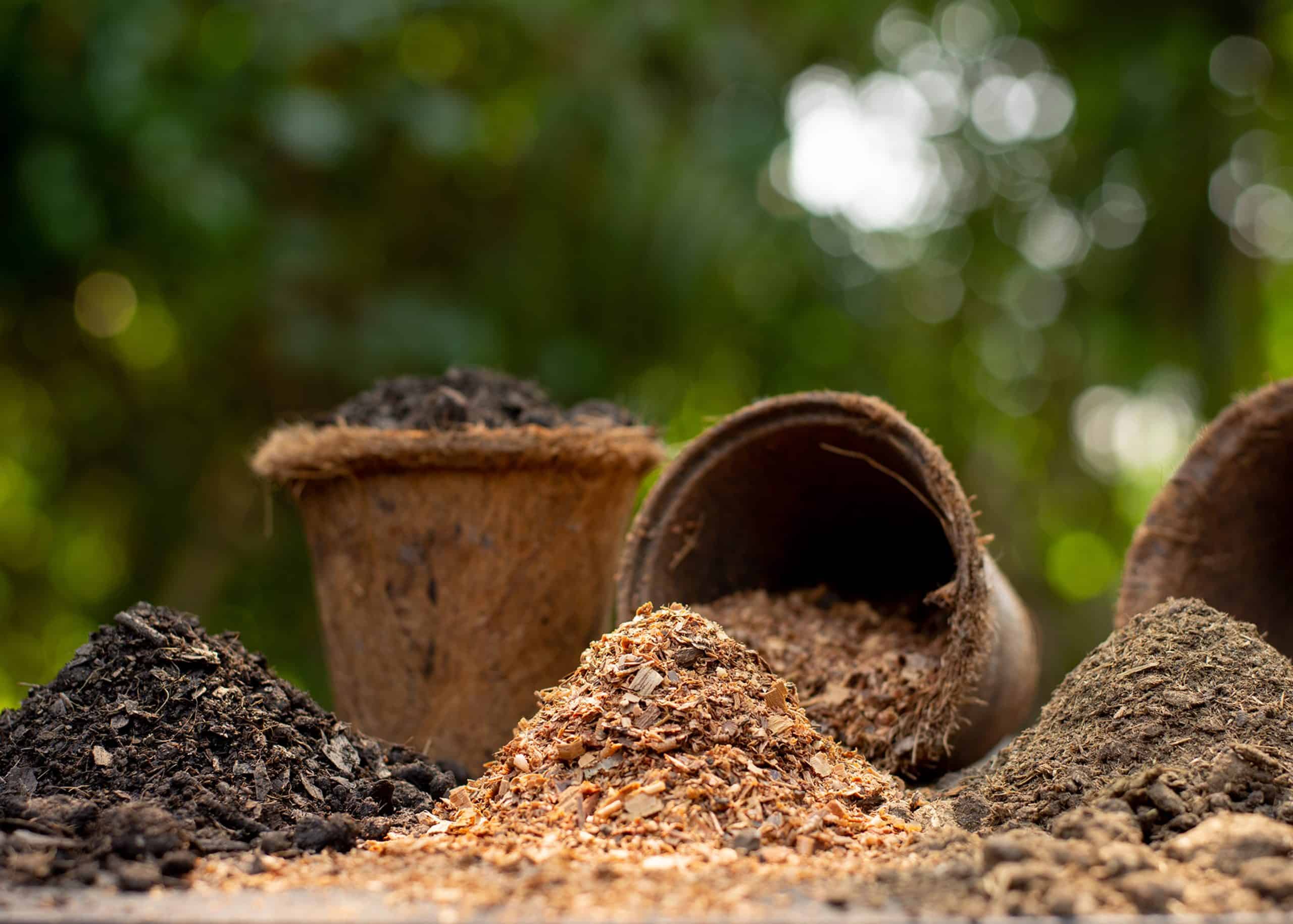
- Nutrient Composition:
- Calcium and Trace Minerals: Bone meal contains calcium and trace amounts of nitrogen, potassium, and other minerals beneficial for soil health.
- Universal Soil Benefit: These nutrients can benefit most types of soil, especially those deficient in phosphorus.
- Ideal Soil Conditions:
- Low Phosphorus Soil: Bone meal is particularly beneficial for soils lacking in phosphorus, as it increases phosphorus content, promoting strong root growth and nutrient absorption.
- Neutral to Slightly Acidic pH: Soil with a neutral to slightly acidic pH level benefits most from bone meal application.
- Effectiveness Consideration:
- Limitations in Certain Soils: Bone meal may not be as effective in soils already rich in phosphorus or those with a highly alkaline pH level.
In such cases, it is recommended to conduct a soil test to determine the nutrient needs and make informed decisions regarding the application of bone meal. By considering the specific requirements of your soil, you can ensure the compatibility of bone meal for optimal plant growth.
Common Misconceptions About Bone Meal and Debunking Them
Bone meal is a popular amendment used in gardening for its rich nutrient content and ability to promote plant growth. However, there are some common misconceptions about bone meal that need to be debunked. One such misconception is that bone meal attracts pests and insects to the garden.
- Bone meal has little to no effect on attracting pests to the garden.
- Bone meal’s impact on soil acidity is minimal.
It is advisable to monitor soil pH regularly and make adjustments as needed to ensure optimal conditions for plant growth.
Environmental Considerations when Using Bone Meal
Bone meal is a widely used organic fertilizer in gardening, known for its high phosphorous content and ability to promote plant growth. However, it is important to consider the potential environmental implications when using this nutrient-rich material.
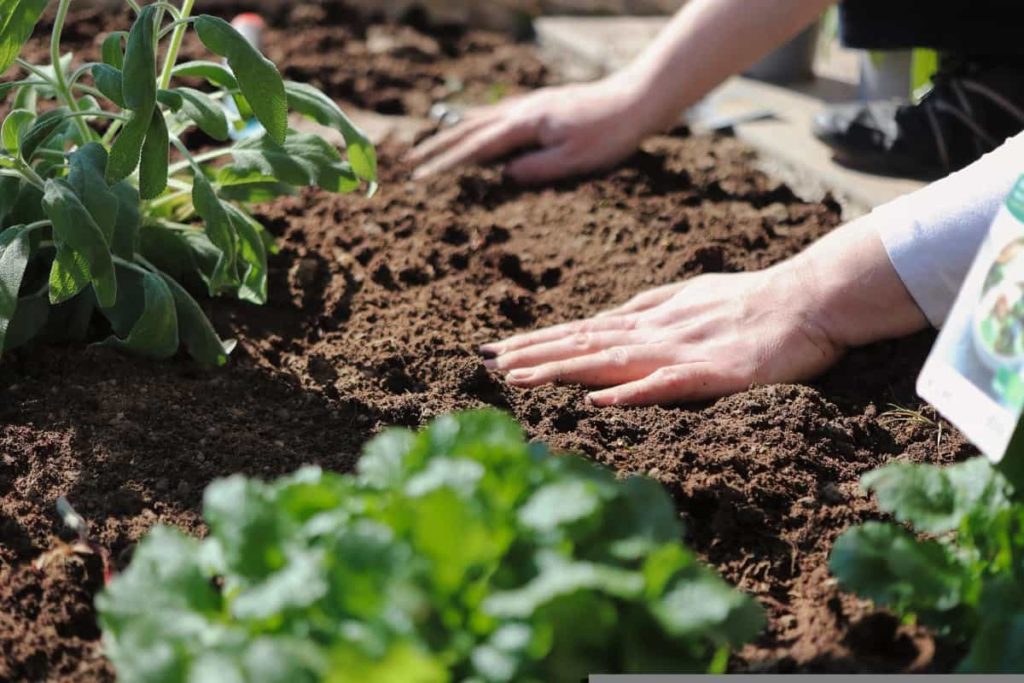
- Sourcing Concerns:
- Animal Bones Origin: Bone meal is typically derived from animal bones, often sourced from the meat industry or slaughterhouses.
- Waste Management and Pollution: Improper disposal and processing of bones into bone meal can contribute to waste management issues and environmental pollution.
- Nutrient Runoff Risks:
- Excessive Use: Overapplication of bone meal or its use in areas with high phosphorus levels can lead to nutrient runoff into water bodies.
- Eutrophication: Nutrient runoff contributes to eutrophication, causing algal blooms and oxygen depletion, which harm aquatic ecosystems.
- Soil Acidification Effects:
- High Phosphorus Content: Bone meal’s high phosphorus content can contribute to soil acidification over time.
- Impact on Soil pH: Soil acidification affects soil pH, potentially impacting overall plant health and nutrient availability.
To minimize these environmental concerns, it is crucial to use bone meal judiciously and in accordance with the specific needs of the plants and the surrounding ecosystem.
Alternatives to Bone Meal for Plant Nutrition
Bone meal is widely known for its benefits as a natural fertilizer, but there are alternatives to consider for plant nutrition.
compost
One such alternative is compost, a nutrient-rich organic matter that can be made from kitchen scraps, yard waste, and other biodegradable materials.Compost not only enriches the soil with essential nutrients but also improves its structure and water-holding capacity, promoting healthy plant growth. Additionally, using compost helps reduce waste and supports sustainable gardening practices.
seaweed or kelp extract
Another alternative to bone meal is seaweed or kelp extract. These natural products are derived from seaweed and contain a wide range of essential nutrients, including nitrogen, phosphorus, and potassium, as well as trace elements and growth-promoting hormones.
Seaweed extract can be applied directly to the soil or used as a foliar spray, providing plants with a readily available source of nutrients and enhancing their resistance to stressors such as drought and disease.
It is important to note that while seaweed extract can be a valuable supplement to plant nutrition, it should not be used as a sole source of nutrients and should be used in conjunction with other fertilizers or soil amendments.
Incorporating compost and seaweed extract into your gardening practices can be effective alternatives to bone meal for plant nutrition. However, it is essential to consider the specific needs of your plants and the nutrient deficiencies in your soil.
Consulting with a local extension office or a horticulture expert can provide valuable insights and guidance in selecting the best alternatives for your gardening needs.
Review: Organic Seaweed & Kelp Extract Fertilizer
Turning to the Organic Seaweed & Kelp Extract Fertilizer as an alternative to bone meal has been a revelation in my gardening journey. Packed with natural nutrients, it’s become a go-to solution for promoting robust plant growth without relying on animal by-products. While the initial aroma during application might be strong, the results speak volumes.
My plants have flourished, thanks to the blend of potassium, nitrogen, and trace minerals, enhancing both their health and the soil structure. Its ease of application, versatility across various plant types, and cost-effectiveness make it a standout choice for any gardener seeking sustainable and vibrant garden growth.
✅ Promotes Growth: Stimulates vigorous growth and enhances overall plant health.
✅ Improves Soil: Enriches soil structure and encourages beneficial microbial activity.
✅ Easy Application: Simple to apply, either through watering or foliar spraying.
✅ Versatile Use: Suitable for a wide range of plants, including vegetables, flowers, and ornamentals.
✅ Concentrated Formula: A little goes a long way, making it cost-effective for larger gardens.
❌ Thick Consistency: Requires thorough mixing with water to ensure proper dispersion.
❌ Limited Availability: May not be readily available in all gardening stores.
❌ Long-Term Effects: Results may take time to become noticeable, requiring consistent use.
❌ Storage Concerns: Requires proper storage to prevent deterioration of the concentrated formula.
❌ Price: Higher price point compared to some other organic fertilizers on the market.
Best Practices for Storing and Handling Bone Meal
Storing and handling bone meal properly is essential to maintain its quality and ensure its effectiveness in gardening. To maximize the shelf life of bone meal, it is crucial to store it in a cool, dry place away from direct sunlight.
:max_bytes(150000):strip_icc()/bone-meal-fertilizer-pros-and-cons-5093936-hero-c96b4a6f26e84ec79bf9128e464d123e.jpg)
- Preventing Deterioration:
- Avoiding Exposure to Heat and Moisture: Exposure to heat and moisture can lead to the deterioration and loss of nutrient content in bone meal.
- Storage Precautions: Store bone meal in a tightly sealed container or bag to prevent moisture and pest infiltration.
- Safety Measures:
- Protective Gear: When handling bone meal, wear gloves and a mask to shield yourself from potential inhalation or skin contact with fine particles.
- Ingestion and Inhalation Avoidance: While bone meal is generally safe for use, avoid ingestion and inhalation, especially for individuals with respiratory sensitivities.
- Hygiene Practices:
- Hand Washing: After handling bone meal, wash your hands thoroughly to prevent unintentional transfer of the product onto other surfaces or food items.
By following these best practices, you can ensure the longevity and efficacy of bone meal while safeguarding your own well-being.
Case Studies: Successful Usage of Bone Meal in Various Gardening Scenarios
Successful usage of bone meal in gardening has been documented through various case studies, showcasing its effectiveness in promoting plant growth and development.
- Tomato Plants Study:
- University of California Study: Bone meal application to tomato plants in a greenhouse setting resulted in significant improvements in plant height, root development, and overall vigor compared to control plants.
- Rose Cultivation Research:
- Royal Horticultural Society Study: Bone meal-treated roses showed increased flower production, improved root development, and enhanced disease resistance compared to untreated roses.
- Evidence of Effectiveness:
- Positive Impact on Plant Growth: Both studies demonstrate the positive impact of bone meal on plant growth and health, showcasing its potential for enhancing garden yields and flowering ornamentals.
- Role in Supporting Plants: Documented improvements in plant growth, root development, and flowering highlight the significant role bone meal plays in supporting healthy and thriving plants.
- Overall Benefits:
- Success in Gardening Scenarios: These case studies underscore the success and potential benefits of using bone meal in various gardening scenarios, reaffirming its effectiveness as a nutrient source for plants.
However, it is important to note that the successful usage of bone meal is dependent on proper application techniques and considerations of individual plant requirements, as discussed in future sections of this article.
For further information watch the video:
FAQ
What is bone meal made from?
Bone meal is made from ground-up animal bones, typically from animals like cattle or fish.
What are the benefits of using bone meal in gardening?
Bone meal is a rich source of nutrients, particularly phosphorus and calcium, which are essential for plant growth and development. It also helps improve soil fertility and enhances root development.
Are there any risks or precautions associated with using bone meal?
While bone meal is generally safe to use, it’s important to handle it with care as it can be dusty and irritating to the skin and respiratory system. It should be used in moderation and not excessive amounts to avoid nutrient imbalances in the soil.
What are the different types of bone meal available and how are they used?
There are primarily two types of bone meal: steamed bone meal and raw bone meal. Steamed bone meal is sterilized and has a higher phosphorus content, making it ideal for promoting flower and fruit production. Raw bone meal is less processed and contains a lower phosphorus content, suitable for general plant nutrition.
How do I choose the right bone meal for my plants?
The choice of bone meal depends on the specific needs of your plants. If you want to encourage blooming and fruiting, opt for steamed bone meal. For overall plant nutrition, raw bone meal is a good choice. Consider the nutrient composition and the type of plants you are growing.
Can bone meal impact the growth of plants?
Yes, bone meal can positively impact plant growth by providing essential nutrients like phosphorus and calcium. These nutrients support root development, flowering, fruiting, and overall plant health.
How should bone meal be applied to the soil?
Bone meal should be evenly incorporated into the soil before planting or during the growing season. Follow the recommended application rates provided on the product packaging for best results.
What factors should I consider when determining the amount of bone meal to use?
Factors such as the type of plants, soil composition, and existing nutrient levels should be considered when determining the amount of bone meal to use. It’s important to follow the recommended application rates to avoid nutrient imbalances.
Can bone meal be used with any type of soil?
Bone meal can be used with various soil types, but it is particularly beneficial for soils that are deficient in phosphorus and calcium. It helps improve the fertility of the soil and enhances nutrient availability to the plants.
Are there any misconceptions about bone meal that need to be debunked?
Yes, there are some common misconceptions about bone meal. Some people believe that bone meal attracts pests, but if used properly, it does not pose any significant pest problems. Additionally, bone meal does not make plants grow faster, but it does support their overall health and development.
Are there any alternatives to bone meal for plant nutrition?
Yes, there are alternatives to bone meal, such as rock phosphate, fish bone meal, and composted manure. These organic fertilizers also provide essential nutrients to plants and can be used as substitutes depending on the specific needs of your garden.
What are the best practices for storing and handling bone meal?
Bone meal should be stored in a cool, dry place in a tightly sealed container to prevent moisture absorption. It should be kept out of reach of children and pets. When handling bone meal, it is advisable to wear gloves and a mask to avoid any potential irritation or dust inhalation.
Can you provide some case studies demonstrating successful usage of bone meal in gardening scenarios?
Please refer to the case studies section of the article for real-life examples showcasing the successful application of bone meal in various gardening scenarios.

Studied Agricultural Engineering-Plant Protection at University of California, Davis.
Head of Content writing team at Southelmontehydroponics.com

